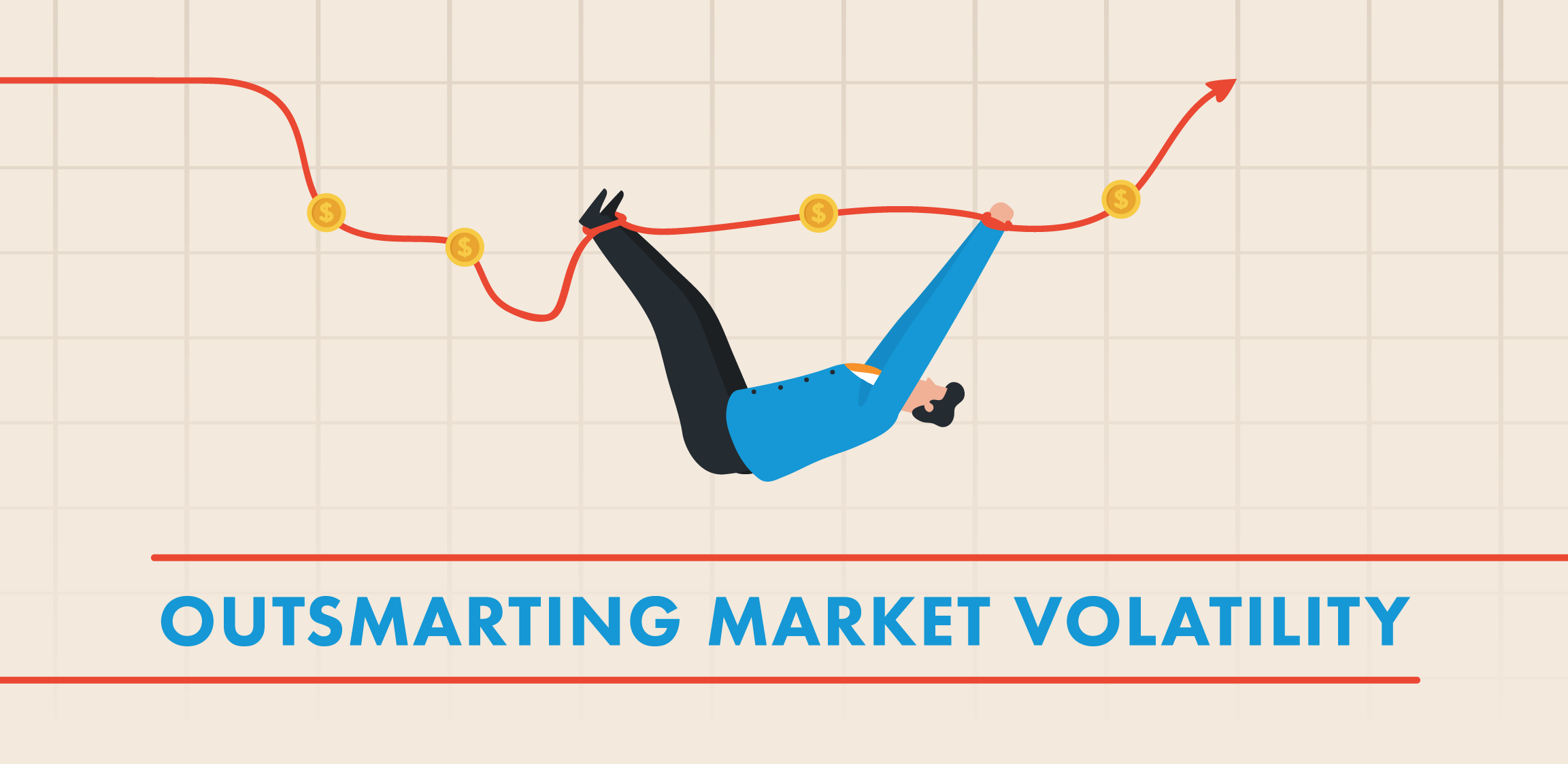How to outsmart market volatility and protect your retirement savings
We’ve all seen the headlines and news reports this year; inflation and economic instability seem to be chipping away at household budgets and retirement account performance—with little indication of relief in the near future. However, when it comes to saving for retirement in the DCP, there are several steps you can take to ensure your retirement savings are well prepared to withstand economic headwinds. Here are a few ideas to help you feel comfortable when things get a bit uncomfortable.
Tune out the “noise” and avoid emotional decisions.
The headlines may be hard to ignore, but it’s important to resist the urge to react emotionally to volatility and instead recognize that the instability we’re experiencing today may allow you to benefit when the economy eventually recovers. One of the most common mistakes made during volatile markets is the temptation to avoid market declines by selling investments and moving to cash. If the savings are still in cash once the market rebounds, the investor may lose out on potential gains and may not experience enough growth in their portfolio to meet their retirement goals or outpace inflation. This is called “timing the market”, which is extremely difficult to do successfully—especially when emotions are involved.
Take advantage of market volatility with dollar-cost averaging.
Understanding the cyclical nature of markets may be a key factor to getting the most out of your investment goals. Disciplined savings and managing your reaction to poor market conditions could be the best hand you can play. In fact, thanks to dollar-cost averaging, continuing to invest during market downturns may help your savings grow even faster when markets stabilize.
Regularly reevaluate your investment strategy.
Let’s face it, inflation isn’t a new or unique risk for retirement savers. Even mild cases of inflation can have a damaging effect on your purchasing power both before and during retirement. Therefore, it’s crucial to stick to an investment plan that can help you manage inflationary risk. Whether you plan on retiring soon or still have several working years ahead, one of the most essential steps you can take is to reevaluate your investing strategy on a regular basis to ensure your investments are still aligned with your retirement income goals, risk tolerance, and timeline.

